*extreme Peggy Lee voice* "Is This It"
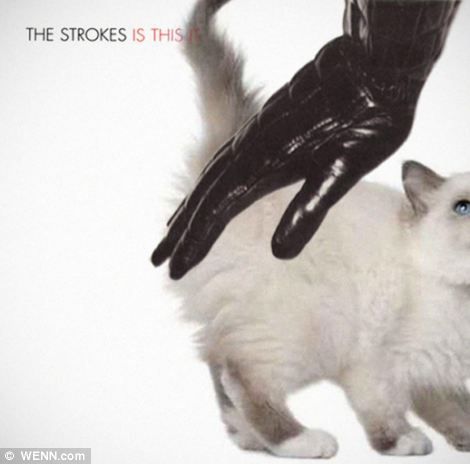
It’s tempting to try to combine two prospective essays, one on nu metal and one on The Strokes, into one mega-essay on the topic of turn of the century toxicity and hairdos, call the essay “Sex On Fire,” and live large, for the rest of one’s days, bartering attention economy “like”s and hate-reads for Corona Limonadas and backrubs on a gated and pristine beach in Gawkeritaville. For some, nu metal and The Strokes is an either/or proposition; the politics of poptimism applied to small-difference guitar rock, with the listener’s preference indicative of class, ethnicity, and the goodness or badness of their individual politics. The reality is that both modes of pop-rock are easy to like and dislike in equal measure. And where the listener (or critic) stands in regards to nu metal and The Strokes often has more to do with what age the listener (or critic) was most severely bullied; high school or college, and what t-shirts their tormentors were wearing at the time. As someone who came of age in a confusing, though I suspect not uncommon, milieu where one could expect to get slapped around by rich, varsity football, college town, high school hillbillies blasting Elton John from their Confederate Flag festooned pickup trucks, I’m somewhat less susceptible to the rap rocker vs. hipster binary.
Or perhaps I’m just more susceptible to the canard of anything slightly popular being the purview of assholes.
Or, to be differently honest, my equal appreciation/disdain for nu metal/The Strokes is largely intellectual. I was twenty-one and new to NYC when nu metal was ascendent, and therefore was only dimly aware of its existence. Seemed pretty corny but, as I was taking Nashville Pussy somewhat seriously and occasionally (in my then-band, The Candy Darlings) preening with a feather boa onstage at Coney Island High (and, god help us all, occasionally shirtless), my assessment-from-a-distance of the relative corniness of any concurrent arts is suspect. Anyway, I haven’t watched the Woodstock ‘99 documentary yet. And I’m going to need more pills before I can attempt to match Craig Jenkins’ always envy-inducing take on whatever topic. So the nu metal/rap rock essay will have to wait a few weeks (in fact, I’ll do it immediately after running a long promised interview with Rhys Langston).
Which leaves The Strokes. The modelesque, and/or children of model exploiters, bohunk classicists who either saved or ruined everything good and debaucherous about New York City, ever. The clown princes who grabbed the Big In Europe/Big Enough In The States brass ring that all the previous post-CBGBs NYC rock Clowns could only Progress towards before hitting the wall of flyover indifference and their respective failures to write any songs half as catchy as “Beat On The Brat.” It took The Ramones 38 years for their debut album to reach Gold Record status. The Strokes did it in six months. Rock-populist critics reasonably claim that, compared to the nu metal that preceded New York’s brief return to guitar music relevance, and the pop-punk revival that came during/after, The Strokes were hardly a “thing” at all. But they did OK by my standards and were representatives of a camp that I’m fooling exactly no one by claiming not to favor. At least the first album. Which was apparently, compared to Cro-Mags if not Korn, quite popular.
And, also apparently, Is This It came out twenty years ago. An anniversary piece maybe won’t get me click-bait rich, but aughts nostalgia will always do in a pinch. And, to paraphrase the nu metal Julian Casablancas: “And there's some evil mothers, well they're gonna tell you that the dream of The Aughts is just dirt.” Which, as I will explain, isn’t even exactly true.
The Strokes Is This It At Twenty
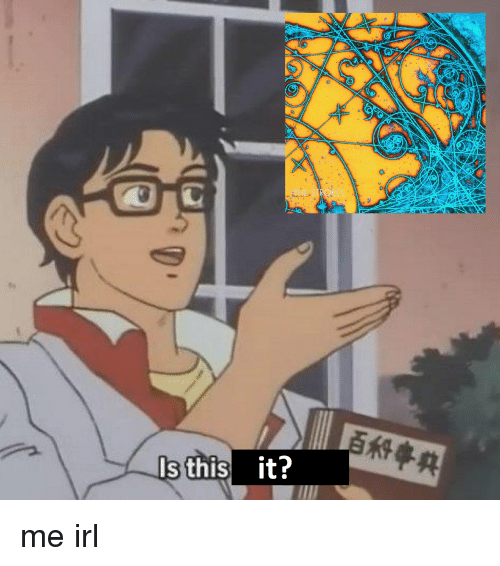
According to the index of Lizzy Goodman’s Meet Me In The Bathroom: Rebirth and Rock and Roll in New York City 2001-2011, I existed in the first decade of the 21st Century for five pages (19,40,175,176,178). (For comparison, Sarah “Ultragrrl” Lewitinn existed for thirty six pages. Including a portion devoted to her views on 9/11.) Five pages is an accurate representation of my public involvement in the particular scene documented in the book, and I’m grateful towards Goodman for including me, so I say all this without rancor. Well, perhaps a small amount of rancor for Ryan Gentles, the manager of The Strokes, who says, on page 175, “The Candy Darlings, remember them?” In my defense, when it all went down, I was still trying for that coveted Nashville Pussy audience. I didn’t know that playing for crowds of more than a hundred and fifty was even a thing that people did and enjoyed. (I kind of still don’t.)
This is not to say that I was oblivious to my surroundings. I looked good in tight pants, lived vicariously/jealously through my friend Nick Zinner’s success, and was once called a “coke vulture” by the mean/perceptive one in Secret Machines. I was as moover as a groover could be, while foolishly worshipping Richard Hell far more than I did Lou Reed. Hell, I only joined a band in the first place because the poetry open mic at ABC No Rio wasn’t paying the social dividends I’d been led to expect. Point is, whatever it was that was going down, I was in it and out of it. Usually in the span of a single evening.
One popular narrative is that the fuse of “New Rock Revolution” (the unfortunate name given by the UK press to the- extremely loosely defined- scene made popular by The Strokes, Yeah Yeah Yeahs, Interpol, and countless faceless UK bands who aped any one of the three) was lit by The Strokes. Goodman’s book makes a strong enough argument that it all actually started with the underappreciated Jonathan Fire*Eater. Both of these theories are correct enough, especially if one subscribes to the understandable myth that the whole NYC semi-explosion of the early aughts was solely the domain of monied model fuckers, disgruntled D.C. transplants, and collegiate cokeheads. Which it was to an extent. But not necessarily much more so than any of the semi-popular coastal guitar scenes of the previous thirty years besides maybe, specifically Bay Area, pop-punk.
The third narrative, and the one I subscribe too, is that the truest immediate precursor of early aught hipster America’s cyclical movement, away from black/gay inspired dance music (in this case electroclash) back into “rock is back!” cigarette-lipped shenanigans, was The White Stripes. This narrative is largely dependent on considering the wild (within, and expanding out of, the confines of the “underground”) success of the Detroit duo’s third album, White Blood Cells. I however contend that New Rock Whatever began with the second White Stripes album, De Stijl. The White Stripes self titled first album is arguably a more devastating slice of art. And White Blood Cells, was inarguably The White Stripe’s breakout record. But De Stijl was the record that made clear, at least to all the subsets of indie New York City rocker I had a passing knowledge of (be they power poppers playing Luna Lounge, post-Dischord garage punks playing Brownies, post-RISD DIY homesteaders playing Williamsburg lofts, or just the multifarious strivers vying for attendance marks at Mercury Lounge), that it was possible to make a throwback rock music that didn’t feel like either po faced historical reenactment, punk posturing, or irony-addled goof. The main component of White Stripes Started New Rock narrative is that they spearheaded the so-called “Garage Rock Revival.” But I differ here as well, in that I don’t think The White Stripes had their biggest influence on garage rock, outside of their then booker, Dave Kaplan, being able to use the band’s success as a blunt instrument to get better slots for all the garage-grunt shake shack shimmies and sunglass hut hooligans he represented at the time. I think the reverberations from De Stijl were far broader than just inflicting the Black Keys upon the world or giving Gluecifer a reason to keep on keeping on. All of a sudden there was a band from Detroit that was making melodic, actual songs, that were indebted to garage, and art school, and punk, and post punk, and CBGBs, and and and… but who sounded huge (but not heavy) and who dressed like stars. If not glammed out rawwk stars, then Warhol Factory semi-stars. Jack and Meg White played something that was ostensibly “garage” but they didn’t sound like anything from the Nuggets box set. (Except maybe The Lollipop Shoppe. After all, what is “You’re Pretty Good Looking For a Girl” if not Dead Moon if Fred and Toody Cole had met at Riverdale High… and pretended to be siblings… ANYWAY, there’s a whole other essay to be written on Dead Moon’s unsung and endless influence on everything aughts. I’ll let someone ten years older or younger than me, with stringier hair, write it.)
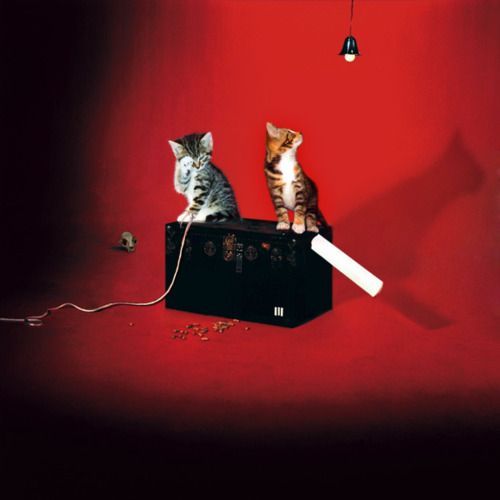
More importantly, Jack and Meg White didn’t dress like any band on the Nuggets compilations. In fact they dressed as if neither the Beatles nor Stones (let alone disco or hip hop or the costumed prosaics of grunge and hardcore) had ever happened. They dressed like Pop Rocks candy, and therefore rock was, perhaps, back? And maybe, regardless of Jack White’s blues hagiography, maybe kind of, sort of, new? Ish? Maybe perhaps? And maybe there was a shorthand for rock besides sunglasses at night? DGeneration, the aforereferenced Clowns For Progress, Honky Toast, and all their ilk had tried to Bring Rock Back. All the Turbonegro ripoffs had tried. But all that stuff was kinda more for grownups who never got over the ruination of their sacred punk by 808s and UK androgyny that tilted too far away from also-makeup-smeared-but-still-all-man Johnny Thunders. White Stripes, however, were for the kids. Or at least young adults with less reverence for the CBGBs toilets.
(CAVEAT: My version of history is hideously subjective, I know. I first heard The White Stripes in either 1999 or 2000-everything between 1997 and 2010 kind of blends together in my memory- through Gabriel Gonzalez. Gabe, who is now in artist management and has two kids with his wife Jessica Graves, who was then-and may be again-in the crazily underrated band VUE, was a tastemaker within the circles I ran. He was funny and sweet and seemed plugged into a scene less exhausted than the Coney Island High hard rock hangover New York was still stumbling through. East coast cats weren’t sporting the soon deriguour black bracelets/Dead Moon t-shirt combo yet and, also, Gabe was real easy on the eyes. So when, one afternoon in Tompkins Square Park, he started talking up The White Stripes s/t first album, I listened, despite having zero interest in the blues. Especially the blues played by two of the palest human beings to have ever walked this garage rockin’ earth. Having admitted all this, I think a less subjective history also supports The White Stripes as the clearest starting point for the New Rock.)
Anyway (accepting the reliability of my narration), seemingly overnight, all the kids in New York City, suspecting that Jack White was at least three years older than his press kit claimed, adjusted their online DOBs accordingly. And started claiming that their longtime romantic partners were actually their siblings.

If The Strokes gave a damn about The White Stripes, they didn’t let on. And The Strokes, unlike all of us in our ancient mid-twenties, were actual babies. The band members were conceived, born, and were underage being served alcohol (by me) at the Mars Bar all in the span of a year. One day they were just toddling in and out of Don Hills, opening for my friends in Come On, and the next they were wearing Friday Casual rock-wear, letting my band open for them at Mercury as a reward for never carding them, and had hooked up with approximately half the roommates on the Lower East Side. And, like children, they were actually managed by their manager. When we played with them, Ryan Gentles forbade The Strokes from bringing beer onstage, saying it was “tacky.” Which seemed a bit much at the time. But he also forbade drummer Fabrizio Moretti from doing a bump off the key I offered him before they went on, and things even outside that worked out pretty well for The Strokes, so I don’t know that any hindsite judgement I might offer should carry too much weight.
Occasionally I’ll see claims that The Strokes were a media creation, a product only of connections and a credulous virus of scenesters. This theory willfully ignores just how omnipresent in NYC bars and bedrooms the CD of The Strokes Gordon Raphael produced EP, The Modern Age, was, even before the critics caught on. This theory is also put forth by people who must have known literally zero heterosexual rocker cis females (ages 16-38) at the time of The Strokes’ initial ascension. Because it wasn’t the media that started Strokes-mania. It was the ladies. The Strokes were conventionally beautiful boys playing a rock and roll that managed the rare feat of both bringing in the other members of their body-fatless herd, and making the differently-attractive feel not only welcome but also, with only a little assistance from multiple stripes and belts, feel like hotness was contagious. A couple decades of My Chemical Romance/Pete Wentz dik-piks has maybe fooled the reader into taking such Roxy Music-esque qualities for granted, but try to keep in mind that the previous guitar decade had been predominantly indie/punk/grunge insecurity/self awareness that could veer easily into the absolute loathing of one’s own body, nu metal that (often cathartically) obsessed over the traumas visited upon one’s body by other bodies, or a sweaty and alienating multiverse of Anthony Kiedises. If you wanted sexy, reasonably fey, boys being unabashedly sexy with guitars, your options were pretty much either settling for Bush or moving to England. Even denizens of the scene like to romanticise New York’s brief renaissance by dragging 9/11 into it, as if when the towers went down, boners citywide, as a tribute to human spirit, rose up in response. Well, sure. Art loves a hassle. Maybe 9/11 gave us Oneida. But The Strokes happened because the city was already horny from American Apparel ads and Fischerspooner. And dancing well is pretty difficult, but making out to Tom Petty riffs takes barely any effort at all. So, if The White Stripes taught all the strivers to think of bigger rooms, then The Strokes taught us all, if we were at all interested in those bigger rooms, to “play music that girls like.”
I realize that such gender essentialism is (correctly and for many, many good reasons) out of fashion while discussing a musician’s appeal, and god knows that there were/are at least a half dozen other ways to become popular, but in 2001 The Strokes were, despite all revisionist naysayers, “grassroots” popular specifically because girls loved them. And boys loved going to rock shows that girls were at. I’m not stating this as a truth-bomb-but-asshole “Blazing Saddles would never get made today” exercise in anti-wokism. I’m merely stating a truth among many. Jim Morrison’s The Doors and Maria Sherman’s Larger Than Life may come at the topic from different ideological standpoints, but both projects reach the same conclusion: “the men don’t know, but the little girls understand.” I’m glad the metrics for these discussions have changed or are changing, but if The Strokes played unsexy music or looked like Guided By Voices, Is This It would be the most revered album on every “overlooked gems” list of the decade and The Strokes would be playing Just Like Heaven Fest, right between The Cribs and The Raveonettes.
Of course, if The Strokes were only pretty (or only rich, or only connected, etc), they’d not even get that middle-font slot in the Aughts Nostalgia circuit. New York City is, historically speaking, lousy with pretty boys. Admittedly our pretty boy population runs a bit more ethnically diverse than The Strokes, but, since 1967, there was and is no shortage of good looking pale biscuits bashing out Velvets pastiche either. Luckily (for them… for us, we’d probably be OK either way) The Strokes had a knack for, if not Brill Building level complexity, then at least a hookiness that Carol King might sneeze out during a particularly bad head cold. The record is all vibe, without ever slipping into atmosphere. In just 36 minutes, The Strokes run a sleek gamut of new wave, stare-across-the-room maybe sex jams that ranges from Wire-Covering-Loaded to Wire-Hearing-The-Fania-Catalog-Exactly-Once, and them just grooving on that memory, to, you know, the better Elastica songs. It’s all effortlessly after-hours in a way that only people who’d never had to work to get into an after-hours could make work. I can’t find the exact quote but James Murphy called Is This It the perfect Summer (or BBQ, or something like that) record, and that pinpoints the record's abundant strengths and minor weaknesses. And if Is This It is indeed a minor classic, it’s still a classic. And if it’s minor at all, it’s only because Nile Rodgers and Bernard Edwards had to be turned away from Studio 54 before they could write “Le Freak.”
The songs on Is This It aren’t meaningless, exactly. I’m begging for trouble by comparing Jullian Casablancas’ lyrics to those of “Tutti Frutti,” but only if the reader believes that only the most marginalized amongst us are allowed to get freaky (or, far worse, that entirely dumb notion that The Strokes are only for white, straight folks). When The Strokes tried for explicit meaning (as on the -omitted from U.S. editions- “New York Cops”), the band sounded airless and silly. (Tracklisting-ly speaking at least, 9/11 did Is This It a big favor.) This is not to say that the record is vacuous. Or, if it is, that that matters. The lyrics aren’t placeholders. If they are more about how the words are sung than the words themselves, it’s about the comforting coolness of Casablancas’ delivery and phrasing, buoyed by Albert Hammond’s nimble playing, not because of Gordon Rapale’s added vocal distortion. Like the art and pornography that inspired it, Is This It’s charms need not be defined to be realized. If the record was vapid, it wouldn’t work. Or all its fans, including myself, are hopelessly vapid. AND WHAT ARE THE CHANCES OF THAT. Regardless, I have zero emotional connection to a single word on the entire record, but the album’s whole élan vital (or even the first thirty seconds of certain songs) can transform an entire day or night for the better.
By the time Is This It officially arrived in America (sometime in the Fall, though everyone had already bought the earlier European edition at Kim’s Video), most of the people I hung with were kind of over it. Not as a dig at The Strokes, but the circles I ran in were aesthetically more inclined towards the no-wave garage pop of YYYs, the increasingly bizarre Liars, or even the cartoonish dandyism of Interpol (not to even begin to mention all the truly exciting stuff coming out of the Actual Punk world). But, tending bar with so many grumpy older NYC rockers, I still felt the need to defend The Strokes. Even while I was watching my prospects dwindle in real time, I had little patience for almost-made-it musician dudes in their early thirties audibly giving a shit whether comparisons between The Strokes and Television were warranted. This in itself was a lesson: I never wanted to sound like any of those guys. This has occasionally led me to kneejerk defend some new bands, based solely on their younger partisans, that have not, perhaps, held up over time, but overall it’s a stance that’s served my general spirit well.
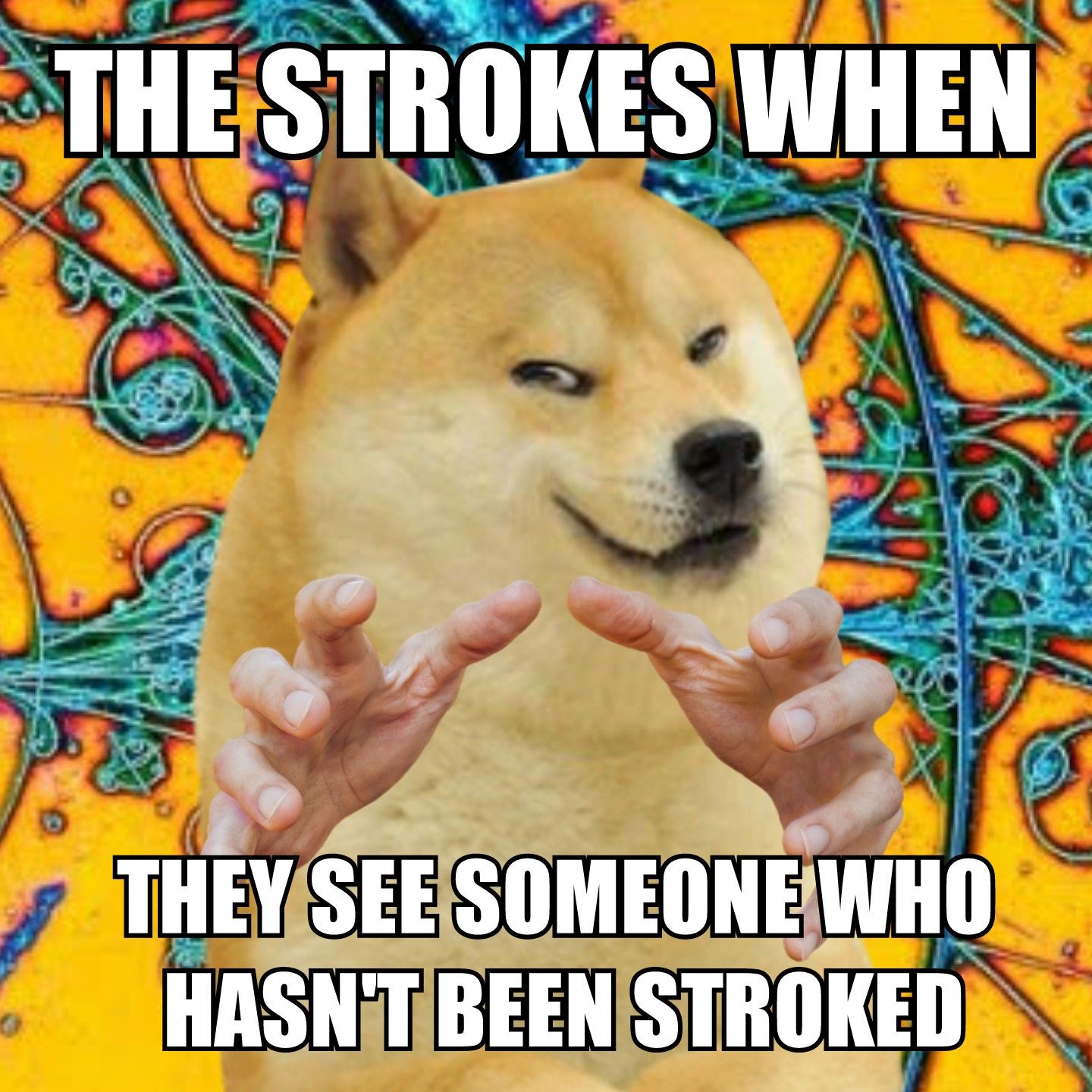
And I still will defend Is This It. Even as it becomes more clear that the “Summer” part of “perfect Summer record” quote carries a bit more historical heft than the “perfect” part. I mean, as I grow older, I find myself getting soft serve ice cream far more often than I did in my twenties, so Is This It’s album length sweet-consistency-bordering-on-trifle isn’t really a problem for me. And what kind of pedant would argue that Mr. Softee is anything other than perfect?
When I talk about the NYC music scene of the early aughts to younger people now, I usually compare my life at the time to that Charles Adams cartoon that showed a unicorn standing on a rock, surrounded by rising water, watching Noah’s Ark float away in the distance. But that’s not terribly accurate. As Franz Nicolay, Kid Millions, and even Lizzy Goodman, have pointed out, the scene that The Strokes represented happened concurrently with a number of other, equally or even more valid/exciting scenes, even within New York itself. While happily gripping every single guest list spot Nick Zinner ever offered me, I was plenty thrilled about and/or jealous of a hundred other bands outside the orbit of Ludlow Street. Even within the confines of a strictly defined scene, with friend bias aside, YYY’s Show Your Bones was my album of that decade (besides Vengence by Tragedy OBVS) the moment it came out. The arrival of The Killers and Kings of Leon was my cue to check out of the Strokes-verse for good. If I wanted a Strokes that seemed like they were trying, If looking good in evening wear was enough for me, I’d have as many Crime and The City Solution albums as I do by Nick Cave & The Bad Seeds. I enjoyed being a scenester, a professional Yeah Yeah Yeahs hanger-on/wellwisher, a bartender/singer/writer (in whatever order) who was mainly known for being, you know, around. I didn’t die, wrote some books that some people liked, made some albums that some other people liked, was only occasionally more than garden variety cruel to people who cared about me, and am currently making work I care about alongside a girlfriend who also makes work I care about. So, no complaints that require more therapy than what simply being alive might warrant.
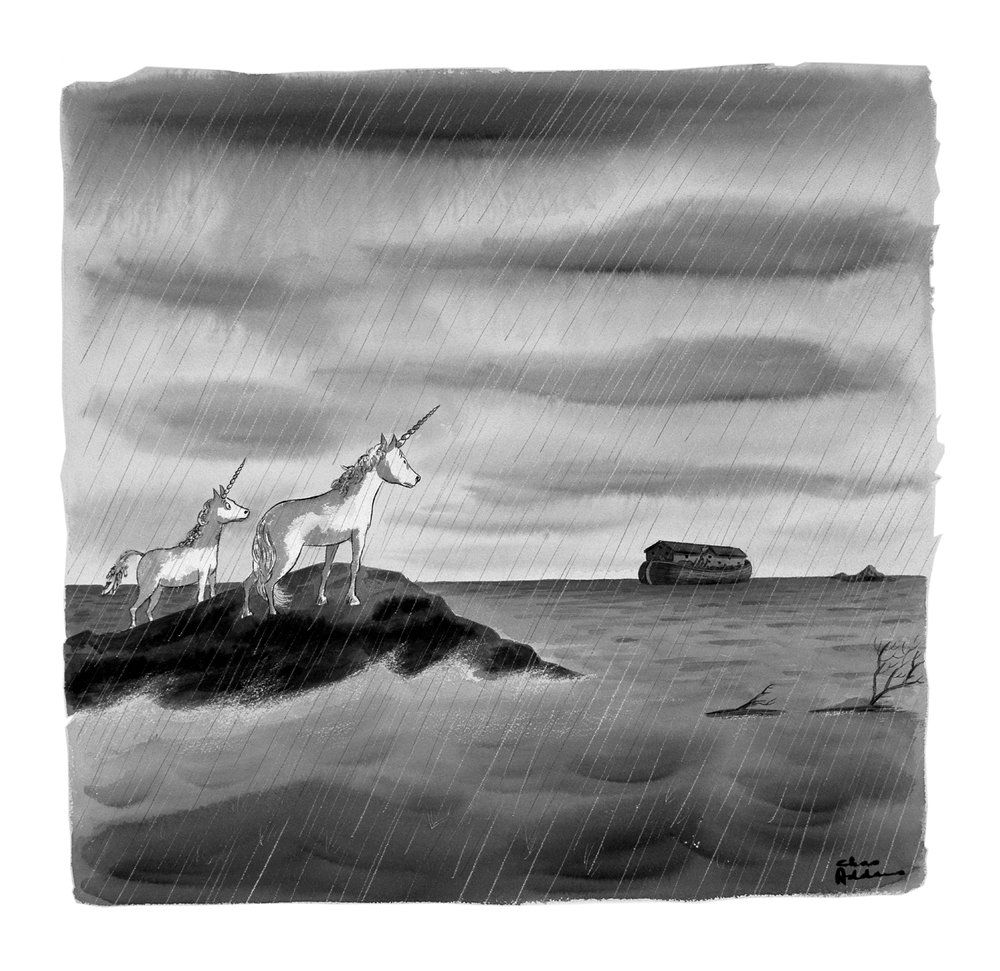
I am, however, still tending bar. Which I enjoy, for a number of reasons. A week or so back, about an hour before closing, three young women came in. They were dressed in that awkwardly sophisticated “out on the town” way that some young people affect when they know they don’t want to look like they’re at little league practice anymore but are still figuring out where to position their bodies within adult clothing. I guess they were “normies,” but between Sex In The City, Girls, normcore, and tattoos losing any societal value as signifier, they could have just as easily been a Brooklyn indie pop band as hedge fund managers. Regardless, they were polite and loud and I was glad for the business. After a drink, they started requesting music. Which I only mind when I’m being my worst self. One (named Brittany, “as in I’m Brittany Bitch,” she said as either expanation or mnemonic device) asked if I’d “play some old school Rock and Roll, like Hawthorne Heights.” I realized that I was farther from shore than I’d initially thought, but after she followed up that request with a slightly more demanding request for Red Jumpsuit Apparatus, I thought maybe a compromise was in order. I put on Is This It, figuring the years roughly matched up and there’d be some frisson for some localized-but-universal (to my dumb, dumb mind) nostalgia. I was met with the blankest collection of stares I’ve seen outside of customers on the nod. I was so embarrassed I almost stopped “Last Nite” midsong. Instead, not even acknowledging that there was any ambient sound in the bar whatsoever, Brittany called out for “Misery Business” by Paramore. I started to tell Brittany that Paramore themselves no longer performed “Misery Business,” on account of the internalized misogyny of the lyrics. Then I mapped out in my head how that conversation would go, and pressed play on “Misery Business.” The women immediately came alive, filming each other head banging, and screaming along to every word. I had to (nicely) ask one of them not to climb up on the bar. It was fine. I was almost done with my shift. The women tipped well. The Paramore song sounded good, and new, not like an oldie at all. In fact it sounded so relevant (problematic lyrics aside or included...pick your poison), I couldn’t imagine it ever needing an oral history*.
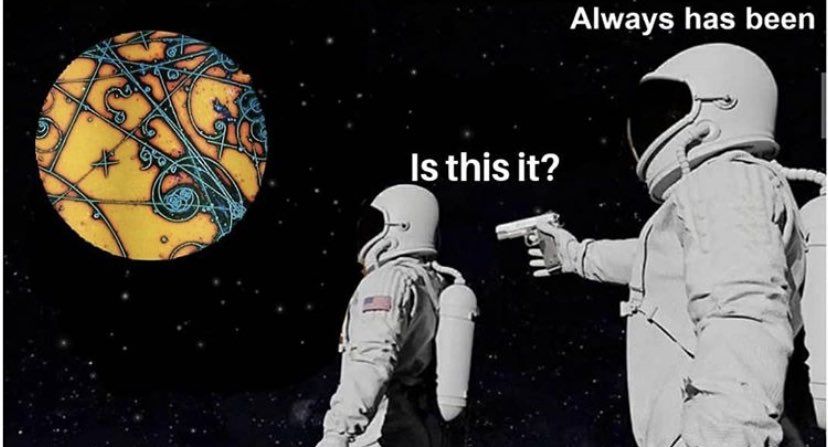
Thanks for reading!
*I don't actually like Paramore more than I like The Strokes. But sometimes the demands of rhetoric must override personal considerations.
